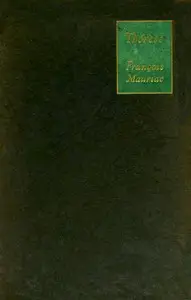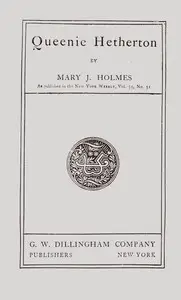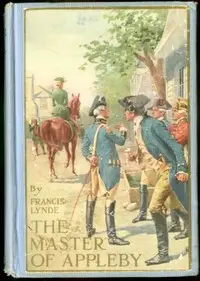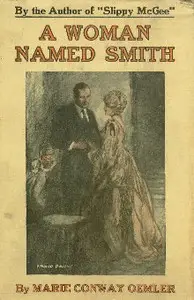"Martie, the Unconquered" by Kathleen Thompson Norris is a story set in early 20th-century California that centers on Martie Monroe and her circle of friends in the town of Monroe. Readers meet Martie as she struggles with feeling trapped by her family and society's expectations, while yearning to express herself and be independent. She is torn between her longing for a life beyond her small town, her complicated friendships, and her feelings of jealousy towards those who seem to have more than she does, especially her wealthy friend Rose and the attention of a young man named Rodney Parker. As Martie interacts with those around her, her deep desire for love, ambition, and freedom starts to emerge, foreshadowing the challenges she will face as she fights to define herself in a world that's rapidly changing.

Martie, the Unconquered
By Kathleen Thompson Norris
In a small California town, a young woman battles societal expectations and her own desires as she seeks love, independence, and a life beyond her limited world.
Summary
About the AuthorKathleen Thompson Norris was an American novelist and newspaper columnist. She was one of the most widely read and highest paid female writers in the United States for nearly fifty years, from 1911 to 1959. Norris was a prolific writer who wrote 93 novels, many of which became best sellers. Her stories appeared frequently in the popular press of the day, including The Atlantic, The American Magazine, McClure's, Everybody's, Ladies' Home Journal, and Woman's Home Companion. Norris used her fiction to promote family and moralistic values, such as the sanctity of marriage, the nobility of motherhood, and the importance of service to others.
Kathleen Thompson Norris was an American novelist and newspaper columnist. She was one of the most widely read and highest paid female writers in the United States for nearly fifty years, from 1911 to 1959. Norris was a prolific writer who wrote 93 novels, many of which became best sellers. Her stories appeared frequently in the popular press of the day, including The Atlantic, The American Magazine, McClure's, Everybody's, Ladies' Home Journal, and Woman's Home Companion. Norris used her fiction to promote family and moralistic values, such as the sanctity of marriage, the nobility of motherhood, and the importance of service to others.



















